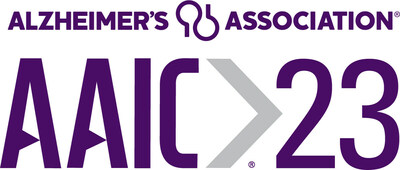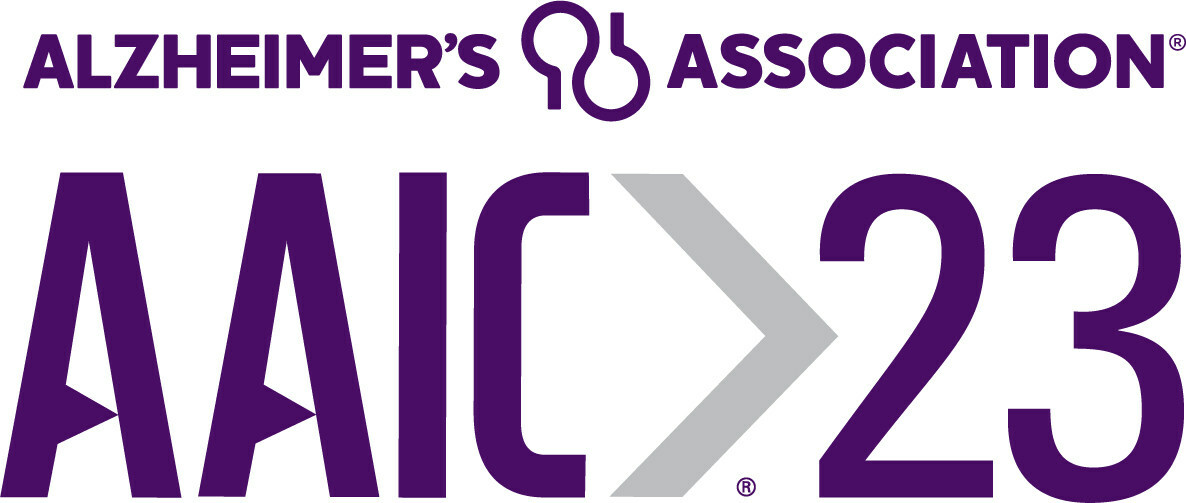Key Takeaways:
- The east and southeastern U.S. have the highest prevalence of Alzheimer’s dementia, according to a first-ever study of occurrence of the disease by county.
- Higher percentages of older people and Black and Hispanic residents in those regions may explain the higher prevalence.
- The findings can help guide the allocation of resources to public health programs for Alzheimer’s in those regions.
AMSTERDAM, July 17, 2023 /PRNewswire-HISPANIC PR WIRE/ — The first-ever county-level estimates of the prevalence of people with Alzheimer’s dementia — in all 3,142 United States counties — were released today at the Alzheimer’s Association International Conference® (AAIC®) 2023, in Amsterdam, Netherlands, and online.

Researchers found the highest prevalence of Alzheimer’s in the east and southeastern regions of the U.S. The data were simultaneously published in Alzheimer’s & Dementia®: The Journal of the Alzheimer’s Association.
Kumar B. Rajan, Ph.D., professor in the Department of Internal Medicine at Rush Medical College, and colleagues, used cognitive data from the Chicago Health and Aging Project (CHAP) and population estimates from the National Center for Health Statistics (NHCS) to estimate the prevalence of Alzheimer’s in adults 65 years and older in all U.S. counties.
For counties with a population of 10,000 or more individuals age 65 or older, they estimate the highest Alzheimer’s prevalence rates are in:
- Miami-Dade County, Fla. (16.6%)
- Baltimore City, Md. (16.6%)
- Bronx County, N.Y. (16.6%)
- Prince George’s County, Md. (16.1%)
- Hinds County, Miss. (15.5%)
- Orleans Parish, La. (15.4%)
- Dougherty County, Ga. (15.3%)
- Orangeburg County, S.C. (15.2%)
- Imperial County, Calif. (15.0%)
- El Paso County, Texas (15.0%)
Rajan and the team noted a combination of specific demographic characteristics that may explain the higher prevalence in these counties, including older average age and higher percentages of Black and Hispanic residents. For example, among residents age 65 years and older of the Bronx County in New York, 14% were 85 and older (compared to a national average of 12% of people 65 and older), 30.1% were African Americans and 46.9% were Hispanic Americans (compared to national averages of 9.4% and 8.8%, respectively).
Age is well-established as a primary risk factor for Alzheimer’s. According to Alzheimer’s Association 2023 Alzheimer’s Disease Facts and Figures, older Black Americans are about twice as likely to have Alzheimer’s or other dementias as older Whites, and older Hispanics are about one and one-half times as likely to have Alzheimer’s or other dementias as older Whites.
“These new estimates add more granular data to our understanding of Alzheimer’s prevalence across the country,” Rajan said. “This information, in addition to raising awareness of the Alzheimer’s crisis in specific communities, may help public health programs better allocate funding, staffing and other resources for caring for people with Alzheimer’s and all other dementia.”
“The estimates are based on cognitive and demographic characteristics,” Rajan added. “Alzheimer’s dementia is a multifactorial disease involving several risk characteristics that interact with demographic risk factors and ultimately contribute to the prevalence.”
An estimated 6.7 million Americans are living with Alzheimer’s disease, according to the Alzheimer’s Disease Facts and Figures report. Based on previous projections, Facts and Figures shows the west and southwest regions of the U.S. will experience the largest percentage increase in people living with Alzheimer’s dementia between 2020 and 2025.
“Alzheimer’s prevalence estimates can help federal and state public health officials determine the burden on the health care system, and county-level estimates help us better understand and pinpoint areas of high risk and high need — where, for example, culturally-sensitive health support and caregiver training services are needed,” said Matthew Baumgart, Alzheimer’s Association vice president of health policy. “As the prevalence of Alzheimer’s disease increases, so does the need for a larger workforce that is trained in diagnosing, treating and caring for those living with the disease.”
“The Alzheimer’s Association is committed to advancing public policies at the state and federal level to address the needs of people living with Alzheimer’s and their caregivers,” Baumgart said.
About the Alzheimer’s Association International Conference® (AAIC®)
The Alzheimer’s Association International Conference (AAIC) is the world’s largest gathering of researchers from around the world focused on Alzheimer’s and other dementias. As a part of the Alzheimer’s Association’s research program, AAIC serves as a catalyst for generating new knowledge about dementia and fostering a vital, collegial research community.
AAIC 2023 home page: www.alz.org/aaic/
AAIC 2023 newsroom: www.alz.org/aaic/pressroom.asp
AAIC 2023 hashtag: #AAIC23
About the Alzheimer’s Association®
The Alzheimer’s Association is a worldwide voluntary health organization dedicated to Alzheimer’s care, support and research. Our mission is to lead the way to end Alzheimer’s and all other dementia — by accelerating global research, driving risk reduction and early detection, and maximizing quality care and support. Our vision is a world without Alzheimer’s and all other dementia®. Visit alz.org or call 800.272.3900.
- Kumar Rajan, et al. Prevalence of Alzheimer’s dementia in the 50 U.S. states and 3142 counties: A population estimate using the 2020 bridged-race postcensal from the National Center for Health Statistics (Funder: U.S. National Institutes of Health – R01AG058679 and R01AG073627)
Logo – https://mma.prnewswire.com/media/2155087/4165882/AAIC23_Logo.jpg
SOURCE Alzheimer’s Association







